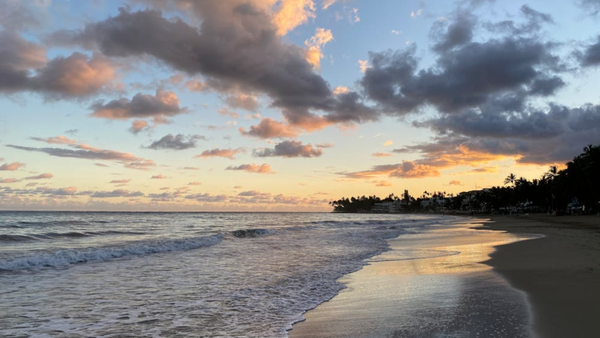Neglect has taken a heavy toll on the 1,300-year-old Pallava period paintings at Talagirishwara temple at Panamalai in Villupuram district. The panel depicting the dance of Lord Shiva has almost faded away and only the face of goddess Parvathi and a few patches remain now.
“When I visited the temple in 2017, I could figure out the faces in the paintings. Now they are not visible and what remains there is only patches of colour. Since the temple is under the control of the Archaeological Survey of India (ASI), I have requested the officials to restore them,” said D. Ravikumar, Villupuram Lok Sabha member.
The temple was constructed by Pallava king Narasimhavarman II, popularly known as Rajasimha. Mr. Ravikumar said it was a living temple and a lot of devotees were visiting it on a daily basis. “The paintings bear a close resemblance to the paintings in Ajantha and Chithannavasal,” he added. .
The paintings are on the wall of a sub-temple on the northern side of the Talagirishwara (Siva) temple, perched on Panamalai, the Tamil name of the word ‘Talagiri’.
“The painting is on the wall behind the Ettupattai lingam. It shows Lord Shiva with eight hands dancing, known as Latathilagabhani, being watched by Goddess Parvathi with her crown and well decorated umbrella. The colours, face, eyebrows and other features would look stunningly beautiful,” said D. Ramesh, assistant professor of History department, Arignar Anna Arts College, Villupuram.
He said Panamalai paintings were older than Chithannavasal paintings and the Pallava king would have chosen the hills to build the temple because it was near the first rock-cut temple in Mandagapattu. The paintings, he said, were created after covering the stonewalls with paste made of limestone and sand.
“Normally they would draw the outline with turmeric when the plastering was still wet. The turmeric and lime together would give a red outline. Subsequently, the figures and designs would be created,” Mr. Ramesh explained.
He said it was still possible that the paintings could be restored with the help of experts in the field.







